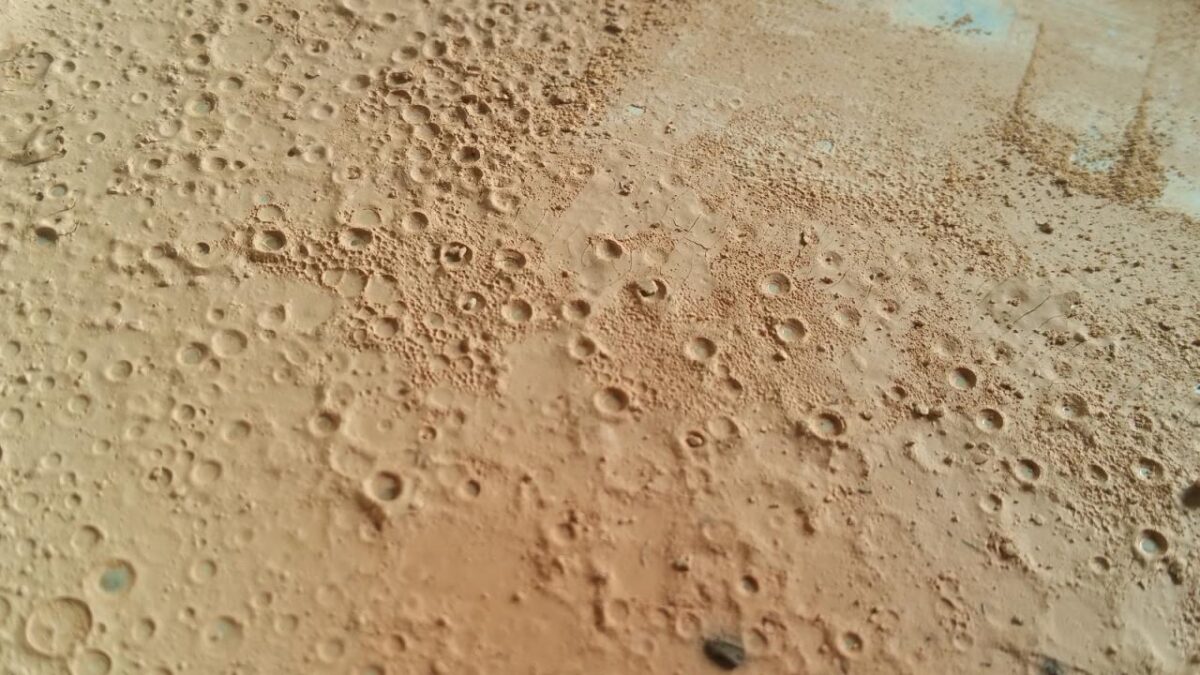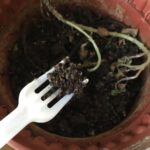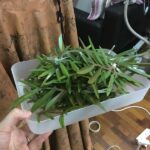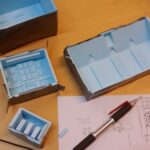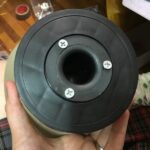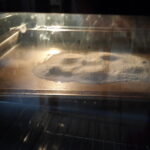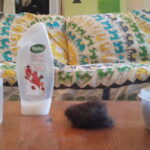
This weekend I wanted to conduct an extremely controlled and orderly soil sieving and drying process to obtain the raw material for the work that I’m currently building. (I mention orderly and controlled, but as you will see, it was anything but orderly in the end…)
You see, earlier this year I decided that I would build a work about soil. Long has soil been a material used in art as pigment, or in the production of clay and sculpture. It is depicted in landscapes as the all important horizon line, it is so ubiquitous that it is almost invisible, and for some reason we hardly have any reason to handle soil directly today. Everything is about sand sand sand. No one talks about the soil. So I wanted to study more about soil.
So I read up on the process for the wet preparation of soil samples. Got all the gear ready, collected and measured a cup of residual granite soil (ie: that ubiquitous red soil which you see everywhere in Singapore), added clean water to it, and sieved the material through a food sieve into a stainless steel bowl (which was somewhat disturbingly similar to the same type of stainless steel bowl I used to eat my food). After that, I heated it on an infrared cooker which I placed at the end of the “yard”.
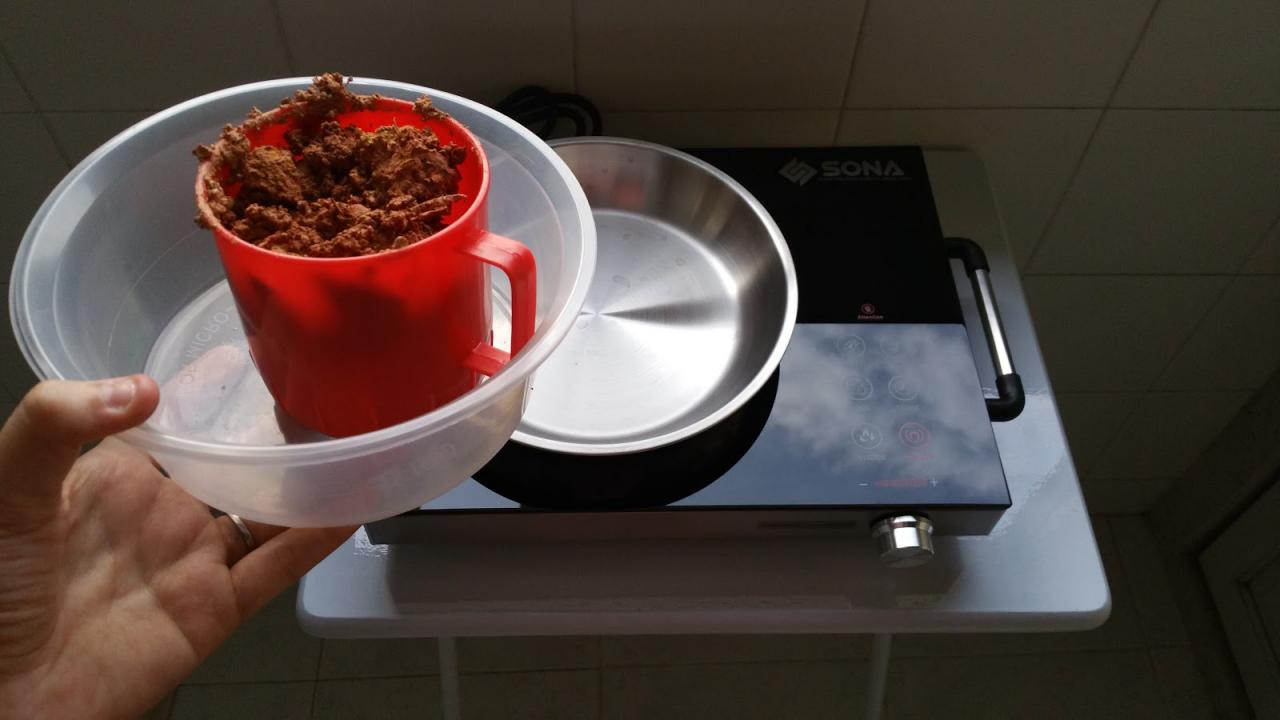
I used a food sieve although I had spent quite some time researching on test sieves – I really wanted to use a set of sieves of different sizes to enable me to determine the particle size within the residual granite soil I had collected and I had even gone as far as investigating whether I could build my own sieve shaker rig with a stepper motor. But then I fell off my chair when I looked at the prices of scientific grade test sieve sets. Perhaps I was looking to the most expensive brands (eg: Endecotts) but I hadn’t realised how pricey the equipment would be. I know they are important for determining the size of particles, and that the type of weave and small details about how it is made and tested are also reasons for it retailing at a very ‘specialist’ price – but can accuracy of sieve size truly justify the over-tenfold increase of the price of a single scientific grade test sieve as compared to a domestic flour sieve/food masher? I mean, is the test sieve made of gold??
Anyway, as an approximation – here I have used a discount flour sieve I bought from the humble AMK Fairprice. In any case, my main purpose here was to sieve out large rocks and other organic material from the collected soil, in order to obtain a fine dry sifted soil material.
Aaaand after I mentioned that I was reverting to using kitchen equipment in lieu of lab equipment… Zaki joked that it sounded like I was making “Tanah Goreng”. WELL THEN FOLKS, HERE IS RESIPI TANAH GORENG:
TANAH GORENG
287g Tanah (soil)
500ml Air (water)Add water and agitate with a spoon to loosen smaller sediment from larger sediment.
Strain different sized sediments into different pans.
Cook separate pans over low heat until completely dried.
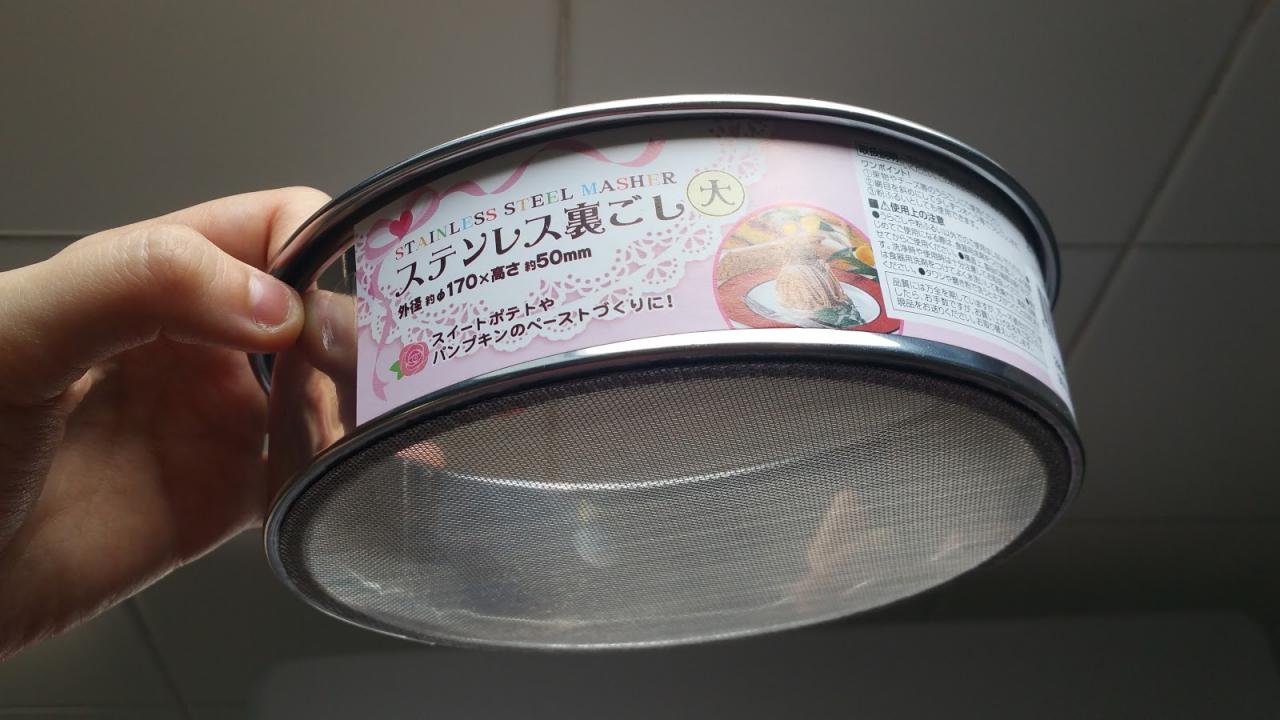
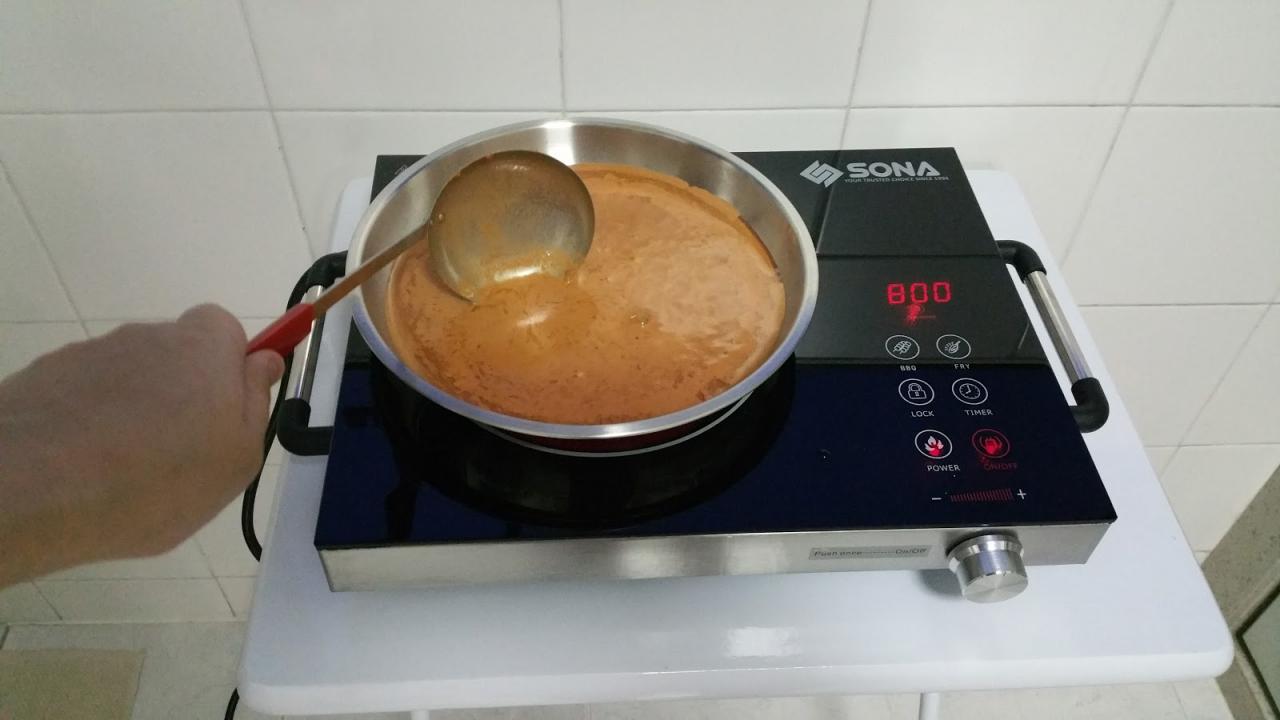
Soil mixed with water forms a liquid which has a high viscosity meaning that when the water underneath reaches boiling point, the steam pressure begins to build up. First the steam pressure begins like a murmur on the surface, like a fluttering heartbeat; the soil slowly showing signs of life on the surface.
For quite some time the muddy soil soup simply sort of quivered in the pan, as if it were a blob of congealing Teh C in giant custard pudding form. Thoughts such as “AW, HOW PRECIOUS” and “Should I be photographing its first moments of life?” came to mind. But because it was taking so long to come to a boil I lost interest in watching it. I was not about to spend all evening watching a pot come to a boil. So I went away.
Next thing I knew, it had progressed to a whole new other level of horror…


What is this, splatter gore horror?…
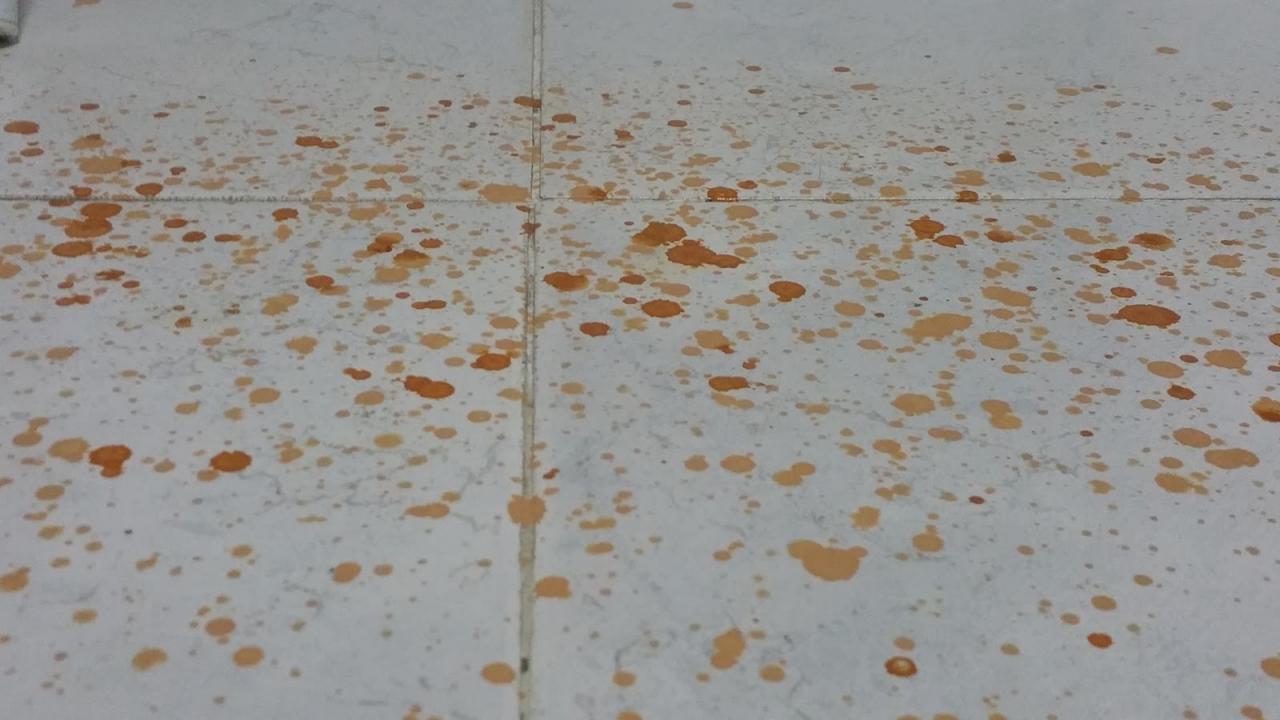
LESSON #1: SOIL PLUS WATER EQUALS MUD. WHEN HEATED IN A SMALL PAN, MUD SPLATTERS
Certainly a key lesson to be learnt from this is either to use a deeper or bigger pan – or boil a smaller quantity of mud if you do not wish to return to a red splattered scene like this (and a lot of cleaning work to be done).
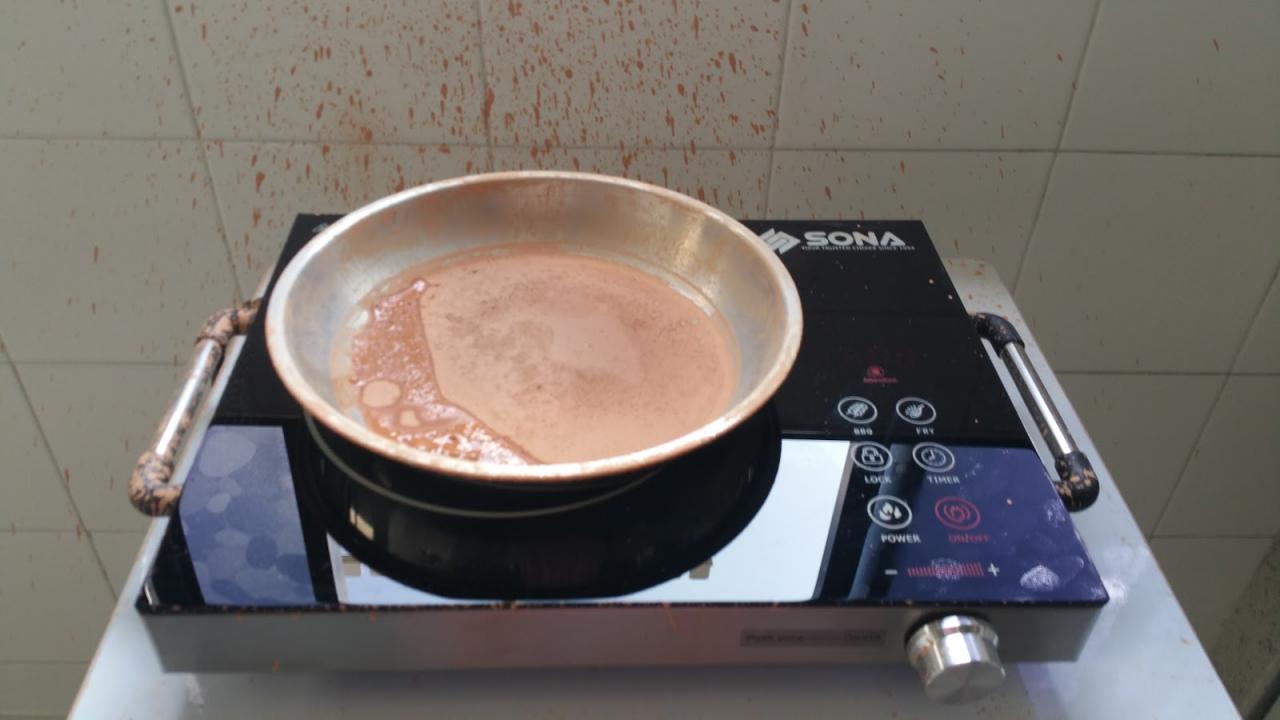
The wild mud cook out continued the next morning, this time in more manageable smaller batches.
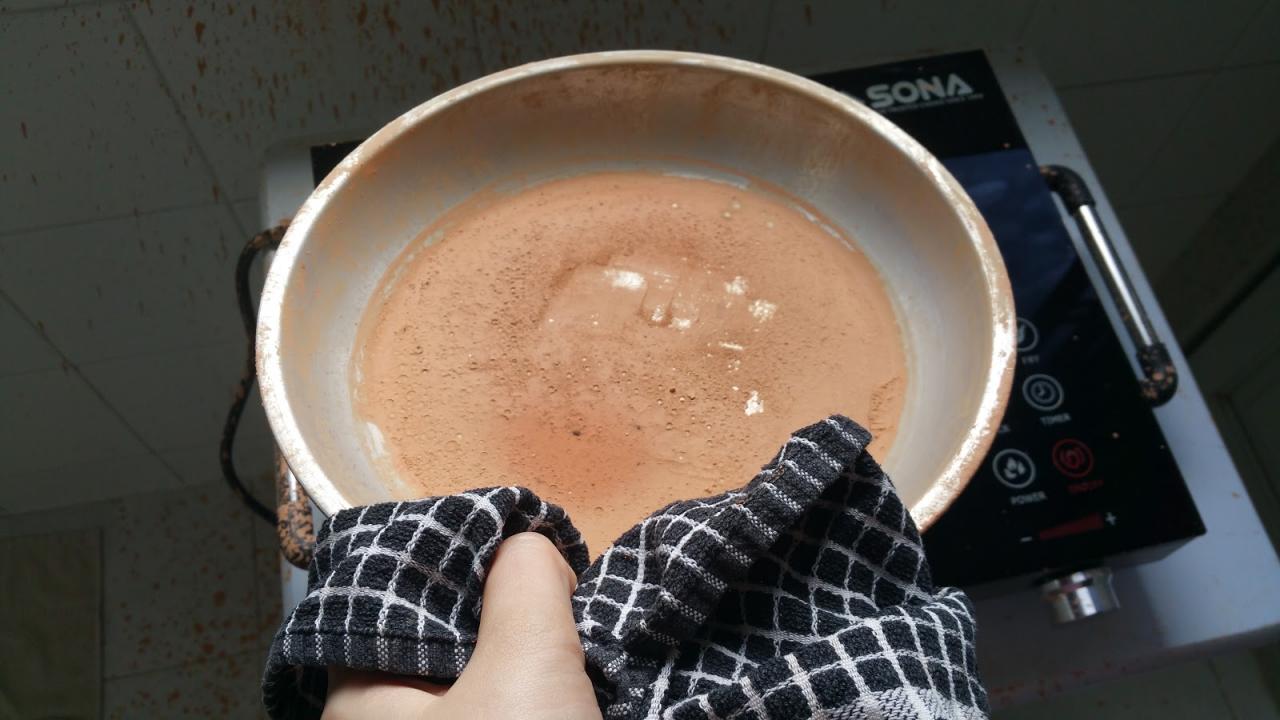
The soil was heated until it was dry and could be collected in large flakes.

A miniature martian landscape naturally emerged on the surface of each dry pan of soil.
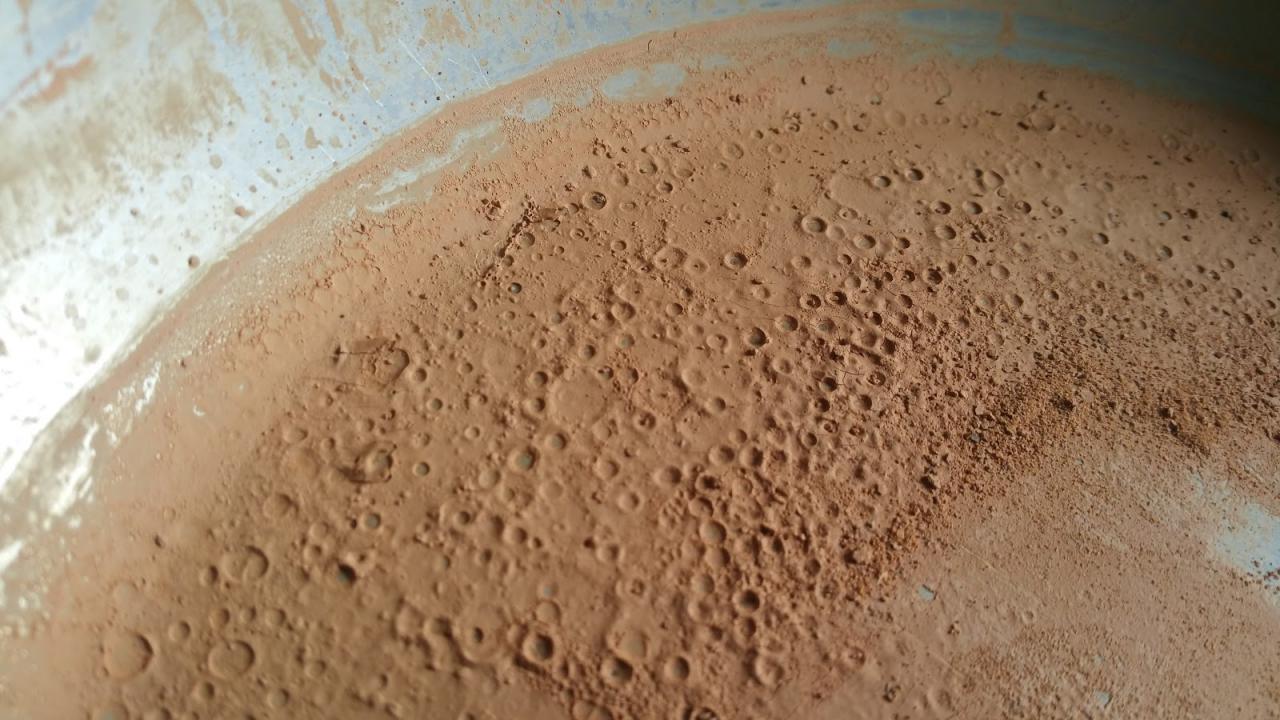
For a moment I imagined that maybe Mars had also secretly boiled over when we weren’t looking at it, in order to get all these craters.
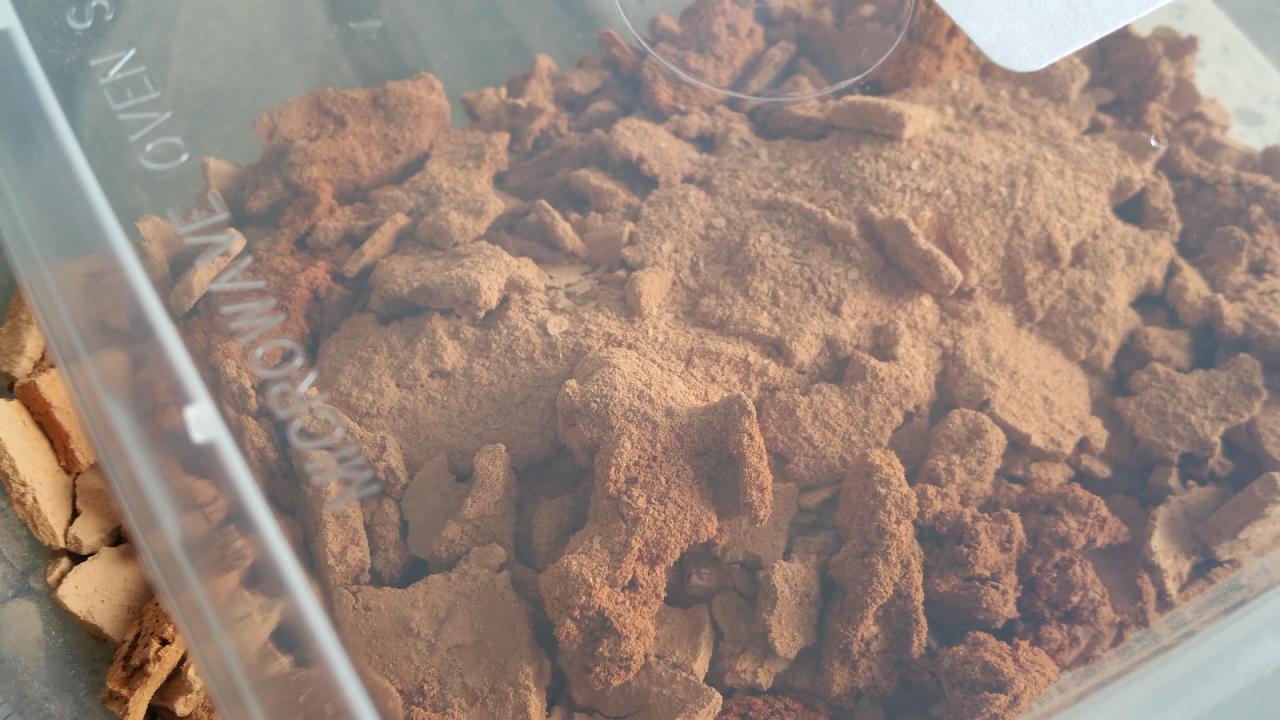
About 175g of material was recovered from an original 287g of collected raw material.
MORE EXPERIMENTS WITH SOIL COMING SOON
